Coffee Anatomy 101: How Are Coffee Beans Made?
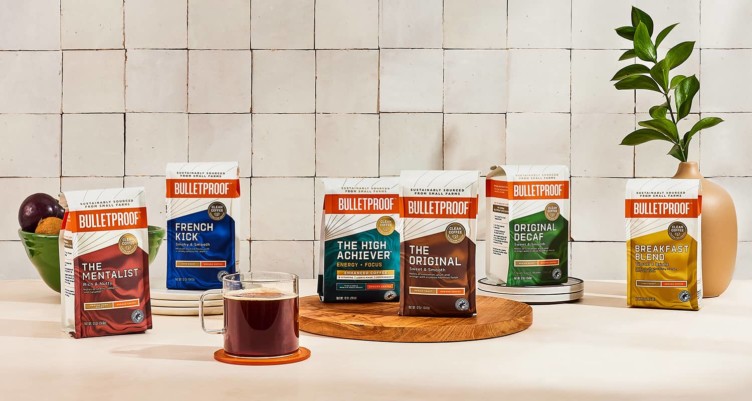
- The coffee bean process involves several key steps—from planting and harvesting to processing and packaging.
- Pairing a particular grind with a specific brewing style can help maximize the taste of what’s in your cup.
- Find out how coffee beans are made, including the optimal roasting temperature to unlock their full flavor profile.
How are coffee beans made, and what exactly goes into brewing a delicious cup of coffee? It begins with high-quality beans that have been grown, harvested and processed with respect and care. In fact, you may be surprised at all the steps involved in transforming a humble seed into a hot cup of joe in the morning.
Below, we’ll peel back all the layers of the coffee production process, and by the time you’re finished, you’ll have an even deeper appreciation for each and every bean.
Planting and harvesting
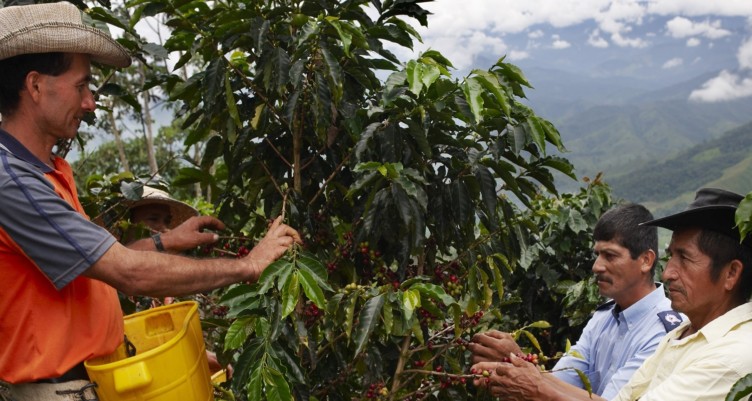
How do coffee beans grow? Before they get dried and roasted, they start out as seeds. These coffee seeds are usually planted during the wet season in large beds in shaded nurseries. From there, it takes about three to four years for coffee trees to bear fruit. When the coffee cherry turns a bright, deep red, it is ripe and ready to be harvested.
The harvesting process can go one of two ways. Either all the cherries are stripped off a branch at one time by hand or machine, or pickers rotate among the trees every eight to 10 days to select only ones at peak ripeness.
Related: 7 Ways Bulletproof Coffee Beans Save the Earth
Processing the cherries
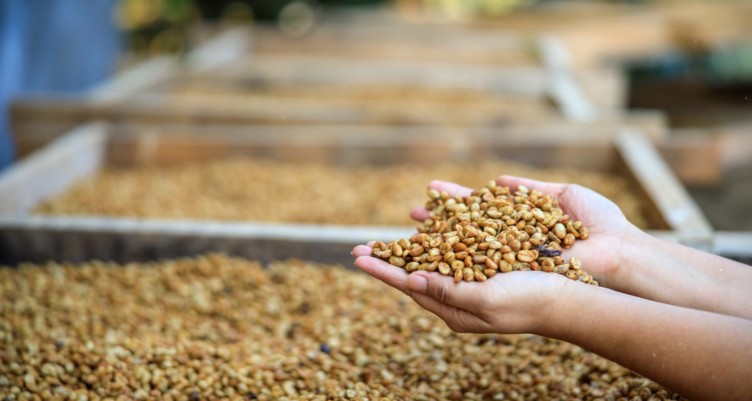
The next step in the coffee production operation: processing the cherries. This must be done as soon as possible to avoid spoilage. There are two ways to do so:
- Dry method: Freshly picked cherries are laid out to dry in the sun, raked and turned during the day and covered at night to prevent them from getting wet. This will take place for several weeks until the cherries’ moisture content is less than 12%.
- Wet method: A pulping machine separates the skin and pulp from the coffee cherry. Then, the beans pass through water channels that allow lighter ones to float to the top and heavier, ripe ones to sink to the bottom. After passing through a series of rotating drums that separate them by size, the beans are put in water-filled fermentation tanks for 12 to 48 hours to remove the parenchyma—a slick layer of mucilage. Once fermented, the beans will feel rough to the touch, and after getting rinsed, they’ll be ready for the next part of the coffee bean process.
Why do some producers go with the dry method instead of the wet method? It all depends on available resources and location. In areas with limited access to water, the dry route is the way to go. Here’s what comes next in the processing journey:
1. Drying
With the wet method, the fermented beans must be dried to about 12% moisture. The process can be accomplished by spreading the beans out on tables or floors under sunlight or drying them in large tumbler machines.
2. Hulling
Whether beans are processed via the wet or dry method, they must be hulled. What happens during this stage of the coffee production process? In the case of wet-processed beans, hulling machinery removes the parchment layer, otherwise known as the endocarp.
On the other hand, dry-processed beans have the entire husk removed, which includes the exocarp, mesocarp and endocarp. In general, wet hulling produces coffee with more body and savoriness than brightness and sweetness.
3. Polishing
Polishing is an optional part of the coffee bean process in which a machine removes any remaining silver skin. However, many producers pass on polishing since it does not have a significant impact on the final product.
4. Grading and sorting
Not all beans are created equal. And that’s what makes the grading and sorting process particularly important. The dried beans are separated based on size and weight using machinery, and they’re typically checked by humans for any flaws or color inconsistencies. Beans that don’t pass the mark are removed for quality-control purposes.
Exporting the beans
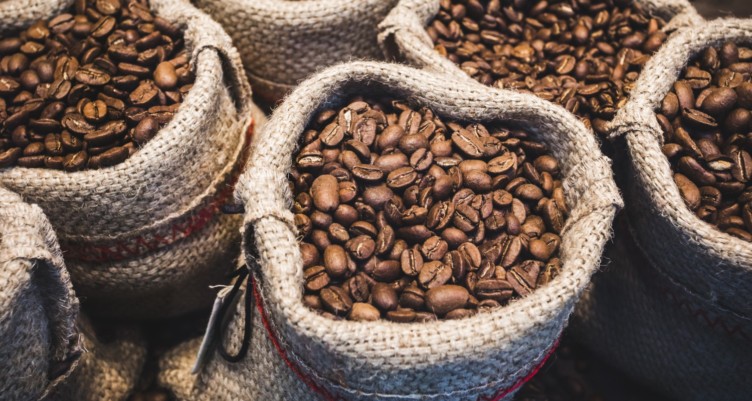
How is coffee made available across the world? Once the beans are milled, they’re packed in bags, loaded onto shipping containers and exported to their next destination. Of course, those beans still have to undergo a few more steps before they can be used to create your favorite coffee recipe.
Roasting the beans
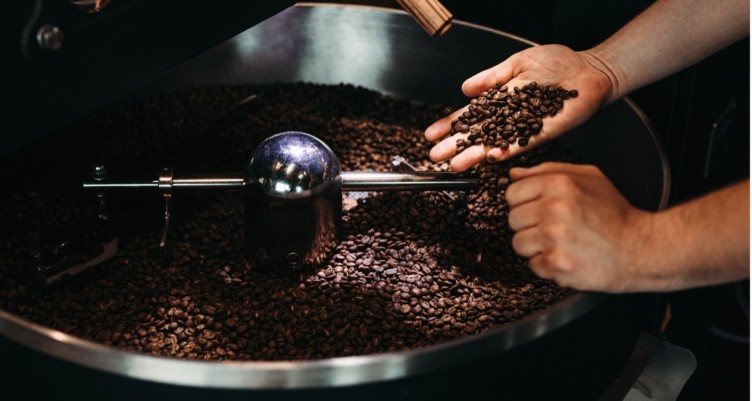
The coffee bean roasting process (pyrolysis) is the key to creating a flavorful, aromatic final product. As you might expect, it takes quite a bit of heat to turn green coffee into beautifully browned beans. Since roasting machines maintain a temperature of about 550° F, the beans are kept moving to avoid burning.
The true magic happens once they reach an internal temperature of about 400° F. At that point, the beans begin to change color and a fragrant oil known as caffeol starts to get released. While medium roasts are developed during the first crack, dark roasts happen after the second crack. The longer time in the roasting machine results in dark beans that have a lot of oil on the surface. Once roasting is complete, the beans are cooled by air or water.
Grinding the beans
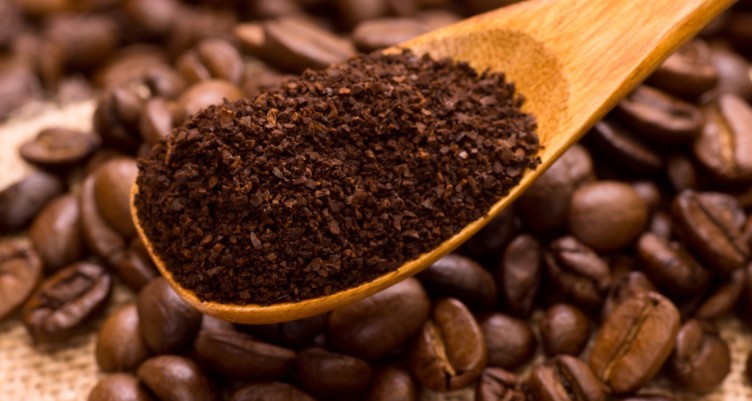
The penultimate step in a coffee bean’s journey to your cup is imperative. After all, a proper grind will yield maximum flavor. There are different levels of how finely ground or coarse the coffee needs to be—it just boils down to your preferred brewing method.
How is coffee made differently based on the grind? In general, the finer the grind, the faster the coffee should be brewed. While you may use a coarse grind for a drip system, you want to use fine grounds for an espresso machine. Ultimately, go with the grind that works best with your method of brewing so you can savor every sip.
Related: How to Choose Coffee Beans That Taste Delicious
Packaging grounds and brewing
The final stage of coffee production is to ensure the grounds are well-protected and kept as fresh as possible. Packaging plays a huge role in the taste, as exposure to air can cause the coffee to clump and lose flavor. Because coffee beans are shipped all over the world, they’re usually kept in airtight containers—until they’re ready for brewing.
Different ways to brew coffee
Just like there are different types of roasts and grinds, there are different ways to brew coffee, including:
- Percolate: A stovetop kettle serves as the heating vessel with this brewing method. Once you put your grounds in the filter basket at the top of the pot, pour water into the reservoir at the bottom, let it heat up and you’ll soon have a satisfying cup of coffee.
- Pour over/drip: The pour over method is incredibly simple—just pour hot water over coffee grounds in a filter into a carafe or your favorite mug. The drip method is similar and often done by machines. Both brewing styles result in smooth, flavorful coffee that can be upgraded Bulletproof-style with quality fats.
- Cold brew: This method yields a highly-concentrated, less-acidic final product with long-lasting flavor. Making homemade cold brew coffee isn’t overly complicated, and it can be a refreshing way to switch things up if you’re used to starting your day with a hot cup of joe.
- Plunger/press: Ready to put in a little elbow grease? To brew coffee using the plunger method, spoon your favorite grounds into a glass pitcher, pour water over the top and use the plunger to separate the water from the grounds. If you choose this method, serve the coffee immediately, as it will grow bitter if left too long.
The bottom line: “How are coffee beans made?” is a simple question with a sophisticated answer. From the moment the seed is planted until you take your first sip, there are several critical steps that must take place. And now that you better understand the coffee-roasting process and the other factors involved in creating the best bean, you’ll be able to cherish all that goes into your morning mug just a little bit more.
Want to enjoy the best of both worlds? These delicious food and coffee pairings will keep your taste buds engaged with each bite (and sip!).
Sign up for early access to sales, product launches, the latest Bulletproof news and more!



